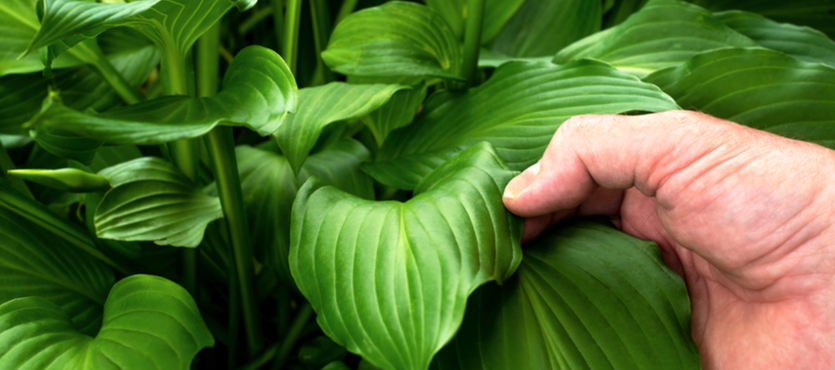Self-watering planters offer a number of benefits for plants and plant owners. Self-watering planters provide plants with ongoing access to water, while alleviating risk of root rot from overwatering. These unique planters are crafted with a built-in liner, designed to collect water and provide it to plants when hydration is needed. On top of providing the needed water for plants to help them thrive, self-watering planters also decrease the work plant owners need do to ensure beautiful, healthy plants.
The Importance of Water
Plants need the proper amount of water to survive and thrive. Too much water can be harmful, as can too little water, when it comes to plants. Then, of course, each unique plant requires a specific amount of water which can, quite simply, be hard to meet. The health of the plant depends on the health of its roots, which is, in turn, dependent on the ideal amount of water. The roots not only transmit the water throughout the plant, but also carry nutrients from the soul. When not provided the right amount of water, a plant will be weak and lifeless, but self-watering planters take the guess work out of watering, ensuring your plants are healthy and beautiful.
Signs of Too Little Water
There are some simple ways to tell if your plant needs more water. Plants in need of water often appear lifeless, with drooping or falling leaves. The soil around your plant can also provide clues to the need for additional water. If you can lift the pot, and it feels lighter than usual or lighter than it appears, your plant probably needs more water. The same is true if you note the soil pulling away from the sides of your planter, an indicator of a lack of moisture. The touch test is also a great way to determine if your plant needs water. Simply press you finger into the soil; if the soil feels dry, your plant needs additional hydration.
Signs of Too Much Water
While it may seem counterintuitive, the signs of too much water can be similar to the signs of too little water for your plant. Over-watered plants are too wet, a condition which ultimately results in root rot. Plants which are receiving too much water will wilt as lower leaves begin to yellow. Greenish colored soil can indicate algae growth, a sign of too much water. An over-watered plant will not exhibit new growth, with any new sprouts turning brown and falling off. The plant should be watered when the soil starts to feel dry to the touch.
The Benefits of Self-Watering Planters for Your Plants
Given the ample opportunities to over-water or under-water your plants, self-watering planters can help. The problem with watering plants in traditional planters is the water has nowhere to go and soaks the plant or overflows and stains your surfaces. Self-watering planters by TerraCast Products solve the problem by storing water in a separate chamber away from the soil and roots. The plants can access the water via the surface tension created, gaining exactly what they need when they need it, without drowning in it. You should still keep a tray beneath all indoor planters, as even self-watering planters will excrete water if it is too full to protect the plant.
Self-watering planters are great indoors and out, in wet or dry climates. They keep plants properly hydrated, keeping them from the waterlog of over-watering and the drying out of under-watering. In addition to keeping your plants well hydrated, self-watering planters reduce the level of maintenance you need to provide to your plants.
Ready to Replace Your Traditional Planters with Self-Watering Varieties?
At TerraCast Products, you will find a wide selection of beautiful resin planters, in a plethora of sizes and colors, completely customizable to your décor.

